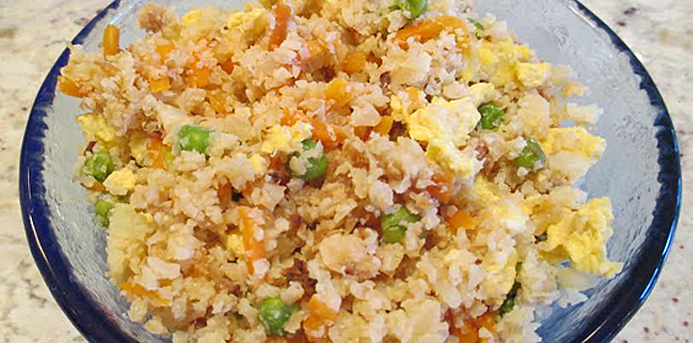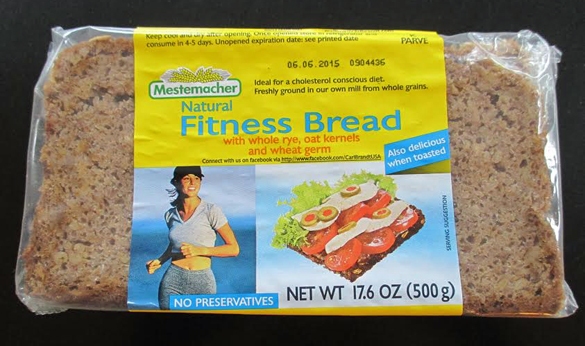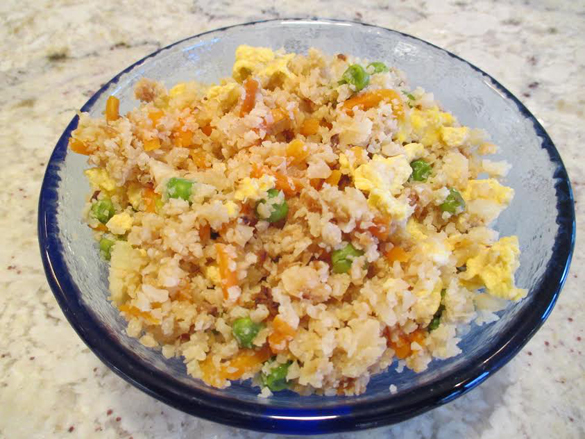With a few substitutions that will eventually become healthy habits, you can make your meals a whole lot leaner.
These changes will increase the nutritional value of your meals, reduce calories, decrease your intake of processed food and will leave you looking and feeling better.
Karen Raden is a registered dietitian in Northbrook. When she works with clients she suggests healthy substitutions instead of processed foods like white flour and sugar.
“The substitutions tend to include more protein, healthy fat and fresh fruits and vegetables,” Raden says.
1. Try a new kind of “pasta.”
A staple in many weekly meals, pasta is a simple carbohydrate, offering little nutrition and about 200 calories per cup. Try halving the pasta and mixing in a better alternative or ditch the pasta all together.
Raden recommends swapping pasta for one of these healthy alternatives:
- Vegetable noodles: Raden likes the Vegetti spiral vegetable cutter , which cuts zucchini into spirals that, when blanched, are a perfect, healthy substitution for pasta. At 21 calories per cup, zucchini puts pasta to shame (plus it’s loaded with phytonutrients, minerals and vitamins, especially vitamin C). Toss with a tasty peanut sauce for a delicious power meal.
- Spaghetti squash: Roast a spaghetti squash, and use the skinny strands as pasta. Spaghetti squash has 42 calories per cup, and is a good source of fiber and vitamin A. Serve under your favorite red sauce to add a serving (or two) of vegetables and more flavor. Try this recipe for Pesto Spaghetti Squash.
- Shirataki noodles: For those who like the texture of pasta, Raden recommends Shirataki noodles , which are low in calories and carbs.
2. Ditch the bread.
Raden steers her clients away from sandwiches, and the high-carb bread that we eat regularly. She recommends two books, “The Grain Brain ” by Dr. David Perlmutter and “Wheat Belly ” by Dr. William Davis to better understand our overreliance on grains. She has seen many of her clients benefit from avoiding gluten. “Gluten is inflammatory and can adversely impact digestion, energy levels, skin, joint pain, and even mood,” Raden says.
Raden recommends these healthy alternatives to traditional bread:
- Mestemacher fitness bread: A healthy, albeit expensive, bread alternative, Mestemacher fitness bread , is loaded with fiber and natural grains. Although it has gluten, there are very few ingredients in this product. Find it at The Fresh Market .
- Rice crackers: Enjoy the crunch of rice crackers to hold your typical sandwich fillings like turkey with cheese and nut butters.
- Leafy greens: Add sandwich fixings like tuna or chicken salad to a plate of dark, leafy greens instead of using bread.
- Gluten-free wraps: An increasing number of restaurants are offering gluten-free menu items, and wraps are easy to eat on the go.
- Portobello mushrooms: Swap hamburger buns for portobello mushrooms, which are tasty but far lower in calories.
3. Choose something other than rice.
White rice is another low nutrient, high-carb staple that delivers little value at 100 calories per cup. When a recipe calls for rice, try these healthier substitutions:
- Quinoa: White quinoa is so similar to rice that the swap may go unnoticed at your dinner table. But quinoa is loaded with protein, iron and fiber that rice lacks. Top quinoa with your favorite chicken and vegetable stir-fry recipe. Try this recipe for Quinoa Stuffed Peppers.
- Cauliflower rice: Made popular by the Paleo diet, cauliflower rice is a great substitution for regular rice. Use a food processor to turn cauliflower florets into rice-size pieces. Fry the “rice” with a little olive oil, garlic, and green onion for a delicious, veggie substitute for rice. You can even add a few eggs to make healthy fried rice. Eat it plain or under beef and broccoli.



